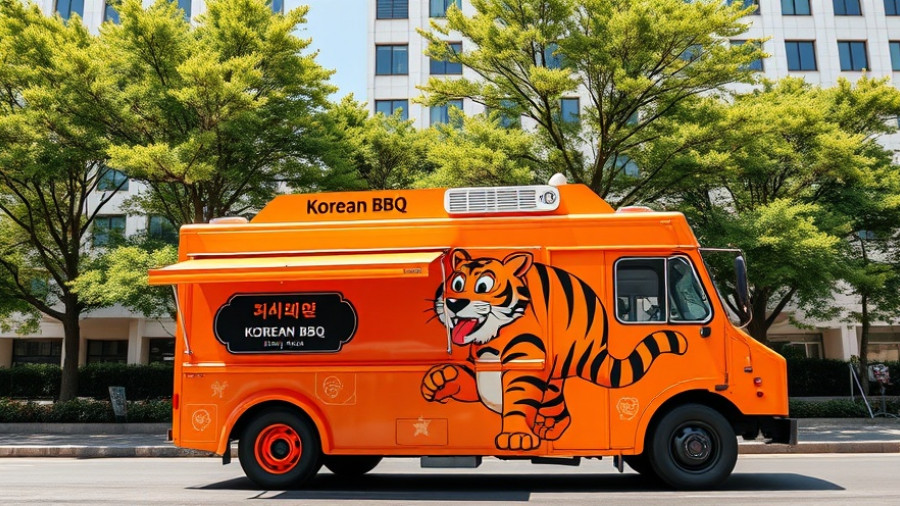
Transforming the Food Industry: The Rise of Robotic Kitchens
At TechCrunch Disrupt 2025, food industry innovator Shin Starr is taking center stage with its autonomous kitchen on wheels, featuring a food truck that specializes in delivering hot, fresh Korean BBQ. By merging technology with culinary arts, Shin Starr aims to redefine the dining experience for tech-savvy consumers and busy travelers alike.
How Autowok Technology Works
Shin Starr's patented "Autowok" system signifies a leap in food preparation technology. While traditional food trucks are manually operated, Shin Starr's system automates cooking, from ingredient retrieval to cooking and cleaning. As the truck travels to its destination, it preps meals on the go, ensuring customers receive their food piping hot. This innovative approach could set new standards in fast-casual dining, particularly appealing to those who prioritize convenience without sacrificing quality.
A New Business Model for Airports
One of the unique aspects of Shin Starr's business model is its focus on airport locations, where food options are often limited during late-night hours. The ability to operate autonomously means that travelers at odd hours won’t have to go hungry. By positioning its OLHSO micro restaurant in airports, Shin Starr taps into a substantial market need, ensuring that delicious meals are available around the clock.
Value to Business Owners
For small and medium-sized business owners, the lessons from Shin Starr's journey are invaluable. As technology continues equipping traditional industries with more efficient tools, understanding the implications of automation, like the Autowok, can inspire similar innovations. Embracing technology not just for efficiency but as a means of enhancing customer satisfaction is crucial in today’s competitive landscape.
Shaping Future Trends
As robotic kitchens become increasingly commonplace, the food industry may shift towards more automated services. This evolution invites business owners to explore AI tools that can revolutionize operations in their sectors, from efficient service delivery models to streamlined food preparation processes.
David's insights bring to light that the intersection of technology and food service isn't just a trend—it's shaping the future of dining, influencing how consumers experience food in public spaces. As Shin Starr demonstrates, the value isn’t merely in technology itself but in how it enhances the overall dining experience.
 Add Row
Add Row  Add
Add 










Write A Comment